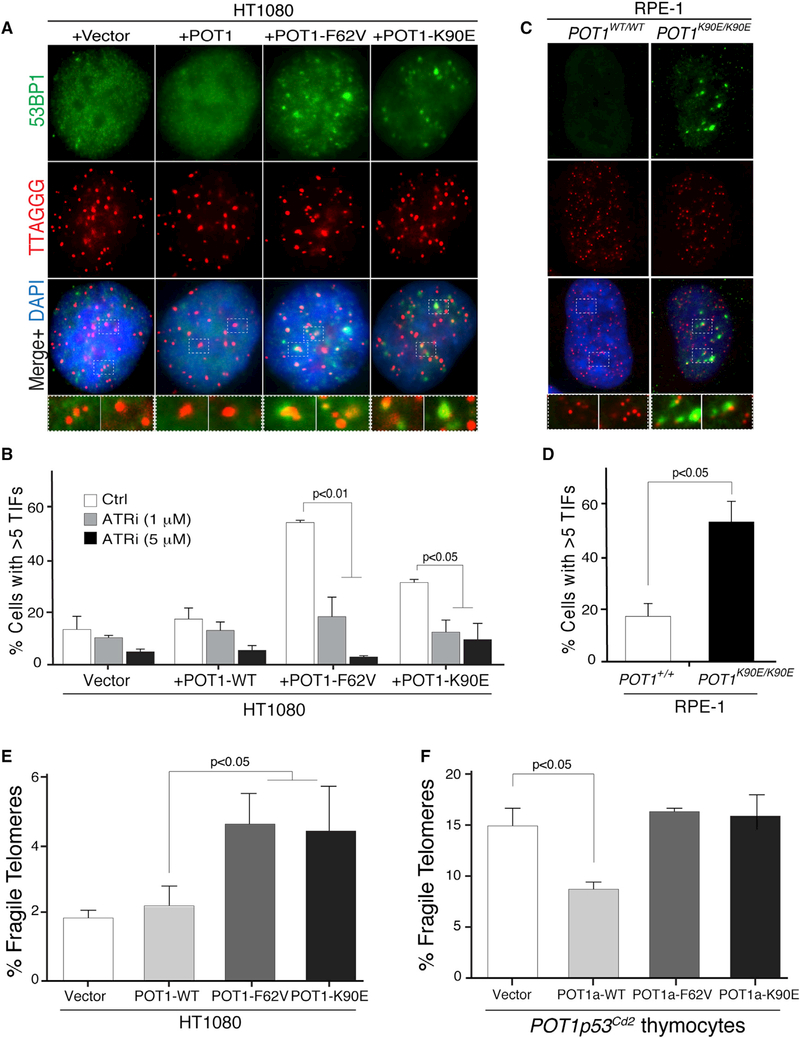Figure 4. POT1 Mutations Elicit an ATR Response and Lead to Telomere Fragility.
(A)IF-FISH staining for the DNA damage factor 53BP1 (green) at telomere DNA (red) in HT1080 cells overexpressing Myc-tagged WT POT1, as well as POT1-F62Vand POT1-K90E.
(B) Quantification of TIFs in HT1080 cells in the absence (white bars) and in the presence of ATR inhibitor (gray bars 1 mM ATRi and black bars 5 μM ATRi) for 6 hr. The bars represent the mean of three independent experiments (n = 100 nuclei per sample) ±SD (p value derived using student’s t test) (two-tailed).
(C) CRISPR/Cas9 gene targeting was used to create single base substitutions to the POT1 locus in RPE-1 cells and to generate clonally derived cells with the K90E mutation. IF-FISH was used to denote the TIFs response in cells expressing mutant POT1.

